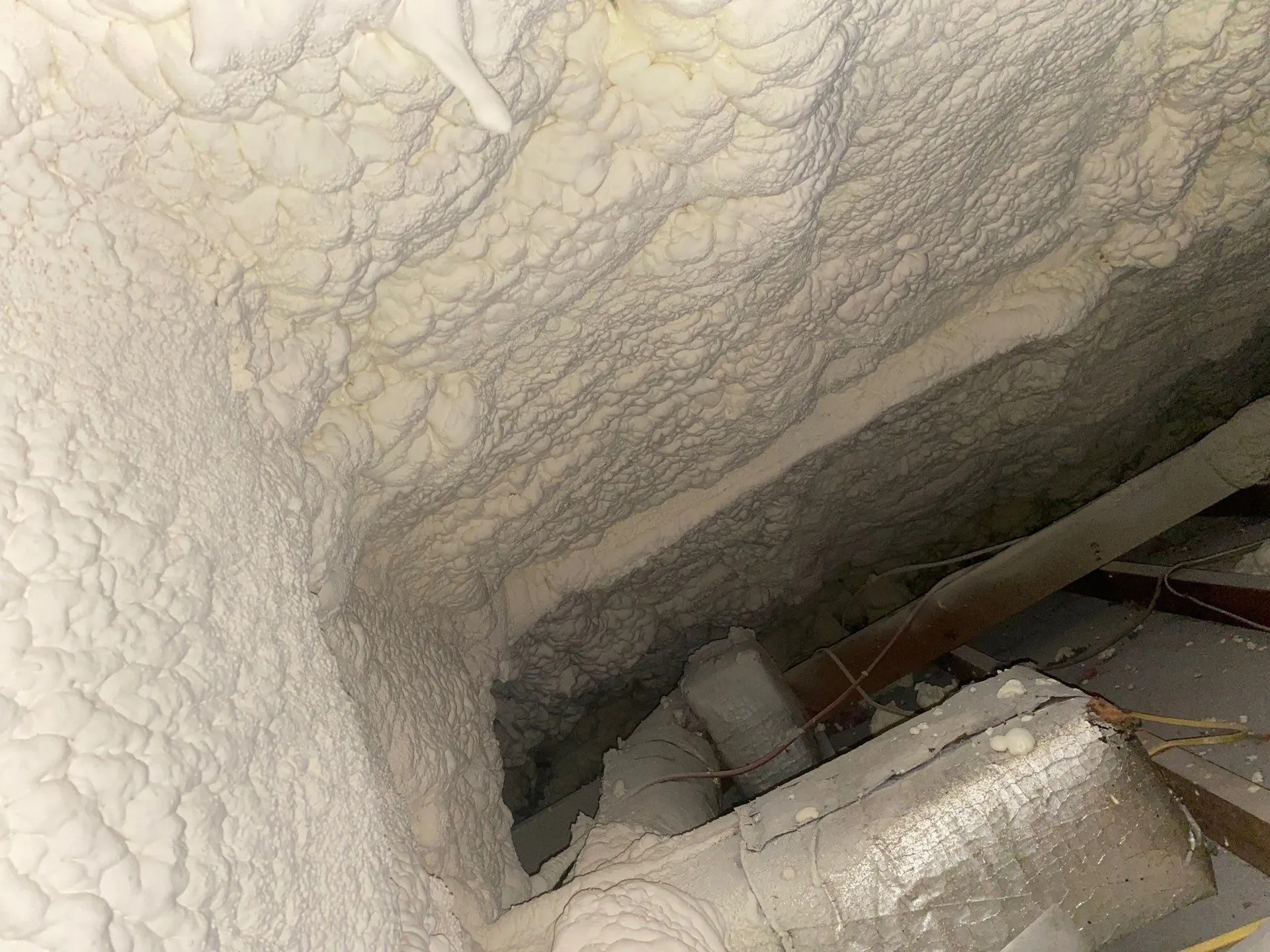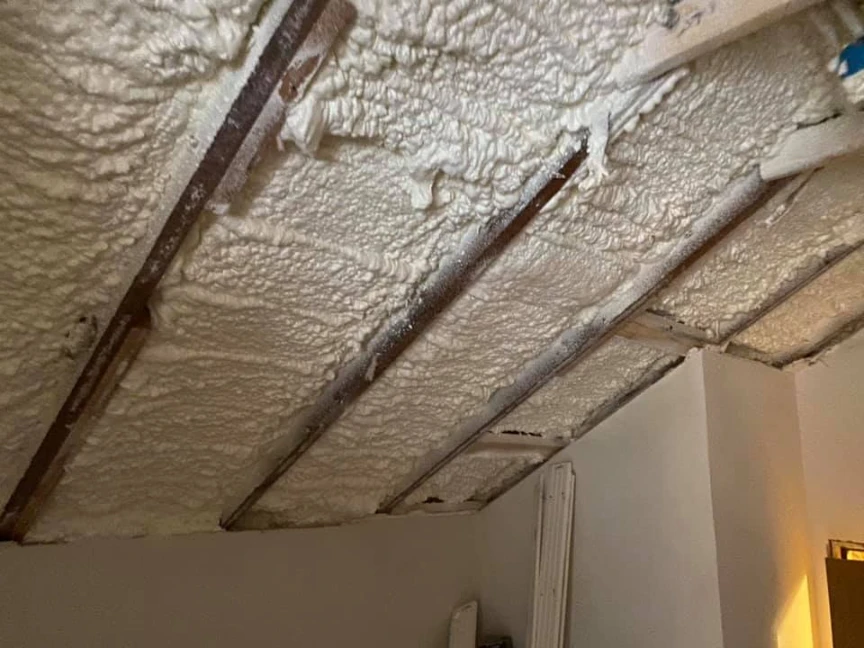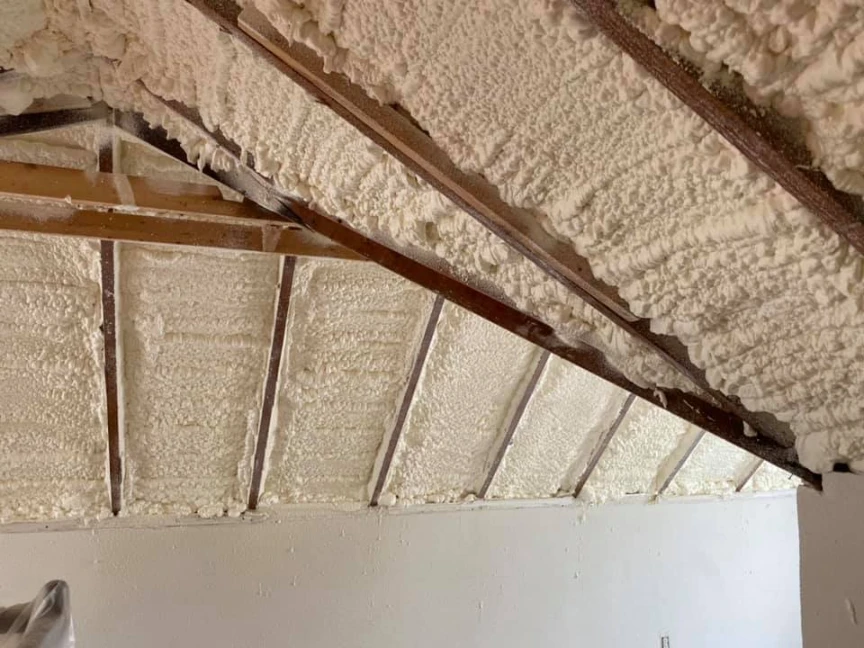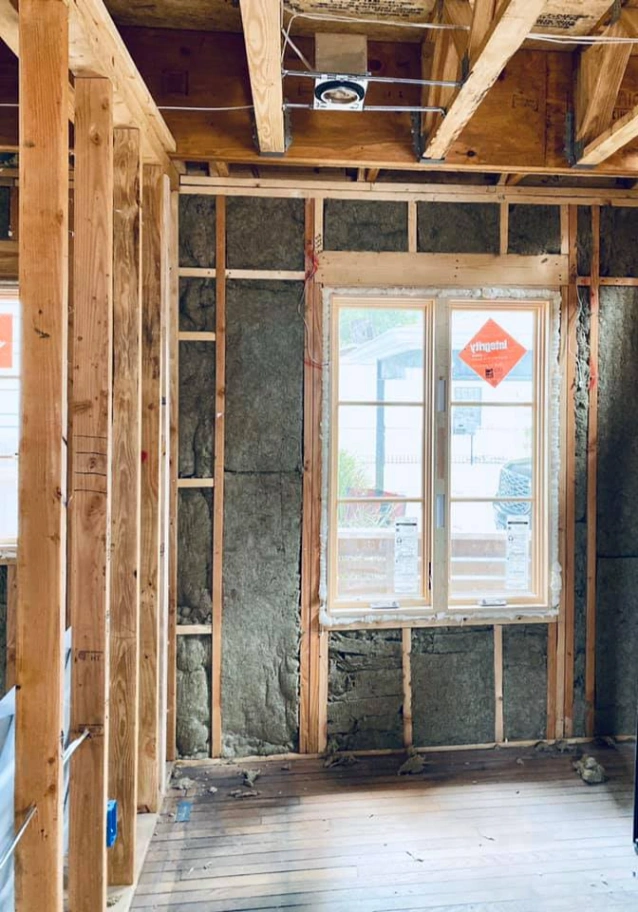Ice dams form when snow melts on a warm roof and refreezes at the edges, creating a barrier that traps water and leads to leaks. Insulation plays a key role by keeping attic temperatures low, which prevents the roof from warming enough to melt snow. Proper insulation stops heat from escaping through the ceiling into the attic, so the roof stays cold and snow remains stable.
This article explains how insulation works against ice dams, covers practical steps for prevention, and shares insights from years of handling winter roof issues in cold climates like the Midwest and Northeast. Readers will learn specific strategies to protect homes without guesswork.
Drawing from that experience, Stellrr has addressed countless ice dam problems through direct inspections and fixes, earning trust among homeowners who deal with harsh winters.
How Ice Dams Develop
Snow accumulates on roofs during winter storms. If attic heat reaches the underside of the roof, it melts the bottom layer of snow. That water runs down until it hits the colder eaves and freezes into an ice ridge. The dam blocks further drainage, backing water under shingles and into the home.
In regions with frequent freeze-thaw cycles, like Minnesota or upstate New York, this process repeats. A study from the University of Minnesota highlights how uneven roof temperatures drive this cycle, often resulting in interior water damage.
Insulation’s Direct Impact on Prevention
Insulation acts as a thermal barrier in the attic floor. It traps heat inside the living space, reducing the amount that rises to the roof deck. With less heat transfer, the roof surface stays below freezing, and snow doesn’t melt.
Effective insulation keeps attic air cold, often below 20 degrees Fahrenheit in winter. This setup mimics the outdoor temperature, eliminating the warm-cold contrast that causes dams. Homeowners in snowy areas report fewer issues after adding insulation to reach R-49 levels, as recommended for cold zones.
Bonus Tip: Check Attic Vents First
Before adding insulation, ensure soffit and ridge vents work. Blocked vents trap warm air, reducing insulation’s effect. Clear them during fall prep to boost performance.
Types of Insulation Suited for Ice Dam Control
Different materials handle moisture and heat differently. Fiberglass batts offer affordability but settle over time, losing efficiency. Cellulose blows in easily and fills gaps well, resisting settling in humid attics.
Spray foam seals air leaks completely, providing the highest R-value per inch. In drafty older homes common in the Northeast, spray foam insulation prevents warm air from sneaking into the attic.
Here’s a comparison of common options:
| Insulation Type | R-Value per Inch | Moisture Resistance | Best For | Cost Range (per sq ft) |
|---|---|---|---|---|
| Fiberglass Batts | 3.1-4.3 | Moderate | Budget installs in dry attics | $0.50-$1.00 |
| Blown Cellulose | 3.2-3.8 | High (treated) | Filling irregular spaces | $1.00-$2.00 |
| Spray Foam (Closed-Cell) | 6.0-7.0 | Excellent | Air sealing in cold climates | $2.50-$3.50 |
Data from the U.S. Department of Energy supports these values for winter performance.
Bonus Tip: Layer for Better Results
Combine batts with a blown top layer to cover gaps. This hybrid approach, seen in many renovated attics, maintains even coverage without compression.
Market Facts on Ice Dam Damage
Ice dams affect over 20% of homes in northern U.S. states each winter, according to a report from the Insurance Information Institute. Damage claims from water intrusion average $5,000 per incident, pushing annual winter repair costs past $1 billion nationwide.
In the Midwest, where heavy lake-effect snow falls, insulation upgrades cut these risks by up to 70%, per Energy Star estimates. These figures underline why attic work pays off in high-snow areas.
Things to Consider Before Making a Decision
Start by assessing current attic insulation depth. Measure from floor joists; if it’s below 12 inches in cold regions, upgrades make sense. Next, factor in roof pitch—steeper roofs shed snow faster, so they need less insulation emphasis.
Budget for a professional assessment, since DIY efforts often miss hidden issues like poor ventilation. Also, think about long-term energy savings: better insulation can lower heating bills by 10-20% in winter, depending on local climate data.
Finally, evaluate your home’s age. Pre-1980 structures often lack vapor barriers, which raises condensation risks when adding new insulation. Tailor choices to your climate—coastal areas with wet snow call for moisture-resistant types.
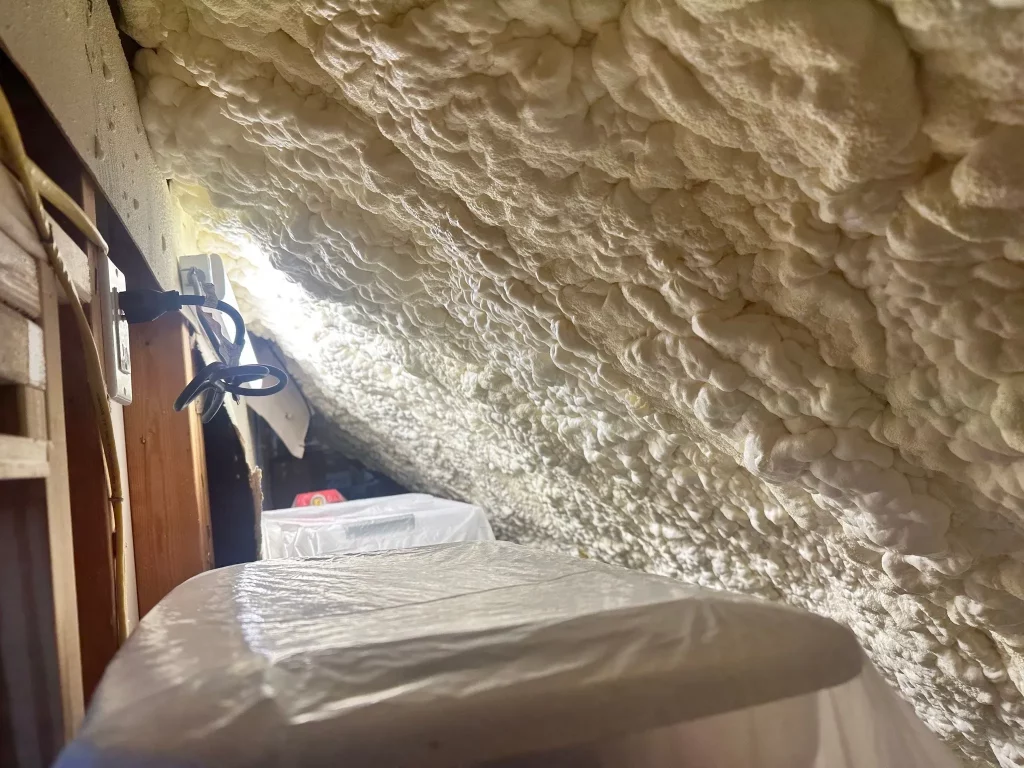
Common Questions
Can Insulation Alone Prevent Ice Dams?
It provides strong support but works best alongside ventilation upgrades for complete protection.
When Is the Best Time to Install Insulation for Ice Dam Prevention?
The ideal window for installation is before winter arrives, allowing time to finish without the challenges of freezing conditions.
What Are the Early Warning Signs of Inadequate Insulation?
Other concerns include frost on roof nails or unusually high energy bills. Spotting these issues early helps prevent larger problems from developing.
Key Takeaways
Insulation blocks heat escape to keep roofs cold and snow intact, directly stopping ice dams. For complete protection, pair it with vents and select the right types based on your setup. In cold regions, these measures safeguard homes from water damage while reducing expenses.
Review your attic against local weather patterns to choose the best fit. Consider factors like home age and snow load to ensure durable outcomes. Look ahead to support ongoing comfort and efficiency.
Next Steps for Winter Protection
Contact Stellrr at info@stellrr.com or call (512) 710-2839 to schedule an attic review. Experts assess insulation levels and recommend tailored fixes based on your home’s setup. Take action now to prepare for the season ahead and avoid unexpected repairs. This step ensures reliable defense against ice dams.
Questions Homeowners Often Ask
Can Insulation Cause Other Attic Problems?
Over-insulation without vents leads to moisture buildup. Balance R-value with airflow to keep the attic dry. In humid climates, use breathable materials to avoid mold.
How Much Insulation Do I Need for My Climate Zone?
Northern zones require R-49 to R-60. Check local building codes or use online calculators from the Department of Energy. Adjust for sun exposure—south-facing roofs warm quicker.
Does Roof Color Affect Insulation Needs?
Darker roofs absorb heat, worsening dams despite insulation. Light colors reflect sunlight, easing the load on attic barriers in sunny winters.
What If Ice Dams Already Formed?
Remove snow safely from edges and apply heat cables temporarily. Then, inspect insulation for gaps. Long-term, full attic sealing stops repeats.
Is Rigid Foam Board a Good Alternative?
It works for sloped ceilings but not loose-fill attics. Pair it with batts for hybrid setups in irregular spaces.
Sources
- University of Minnesota Extension – Explains ice dam formation and prevention strategies in cold climates.
- U.S. Department of Energy – Details insulation types, R-values, and energy efficiency for home attics.
- Insurance Information Institute – Provides data on winter damage costs and frequency in the U.S.


